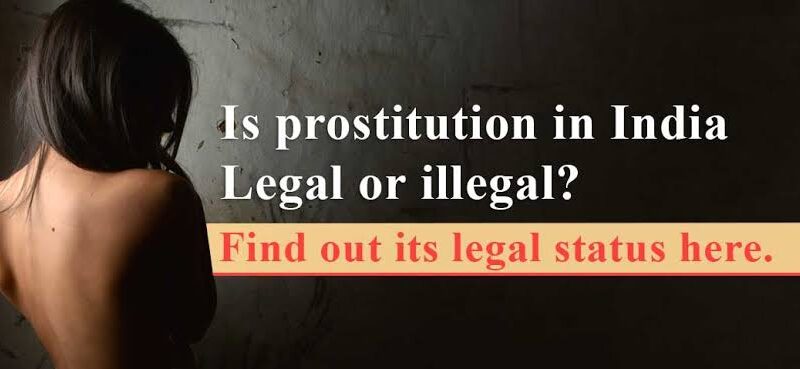TOPIC: Election History and Process in India
INTRODUCTION:
India, often hailed as the world’s largest democracy, boasts a rich electoral history and an intricate democratic process. “Election history and process in India” delves into the evolution of elections in India, highlighting the significant milestones and the intricacies of the electoral process that shape the country’s political landscape.
The significance of India’s electoral history and democratic process cannot be overstated. It represents the triumph of the people’s will and the foundation of a vibrant, diverse democracy. As we explore the intricacies of India’s elections, we gain insight into the complex and multifaceted political landscape of the nation. From the parliamentary system to the role of the Election Commission, and the nuances of voter registration and campaigning, this article will unravel the key components that make India’s electoral process both unique and influential on the global stage.
ELECTION HISTORY:
The Birth of Democracy in India
India’s tryst with democracy began in 1950 when the constitution of India came into effect. The first general elections were held in 1952, establishing the foundations of a vibrant democratic system. The Indian Constitution guarantees universal adult suffrage, ensuring that every citizen over the age of 18 years has the right to vote.
The birth of democracy in India was a momentous event that unfolded in 1950, when the Constitution of India came into effect. This transformative document not only laid the framework for the governance of the nation but also established the principles of universal suffrage and the right to vote for every adult citizen. India’s first general elections, held in 1952, marked the commencement of a democratic experiment that has since thrived, defining the nation’s political and social fabric.
Over the years, this electoral journey has evolved, witnessing the emergence of diverse political parties, the refinement of electoral procedures, and the empowerment of millions of voters, solidifying India’s reputation as a thriving democratic republic where the collective voice of the populace shapes the nation’s governance.
ELECTION PROCESS IN INDIA:
India employs a parliamentary system of government, where citizens directly elect members of the Lok Sabha (House of the People) and Rajya Sabha (Council of States). The Lok Sabha, with its 545 members, is the lower house and holds more power, including the formation of the government. The Rajya Sabha, with 245 members, is the upper house and represents the states and union territories.
The Election Commission of India, an autonomous constitutional authority, is responsible for conducting elections at various levels, from the panchayat (local) to the parliamentary level. Elections in India are a mammoth exercise, with millions of polling stations and a massive electorate.
The Electoral Process
1. Election Phases: General elections in India are typically held in multiple phases to accommodate the vast population and ensure efficient management. Each state and union territory has its election schedule.
2. Voter Registration: To vote in India, citizens must first register as voters. The Election Commission oversees this process and issues voter ID cards.
3. Political Parties: India boasts a diverse political landscape with numerous political parties. The prominent ones include the Indian National Congress (INC), Bharatiya Janata Party (BJP), and regional parties like the All-India Anna Dravida Munnetra Kazhagam (AIADMK).
4. Nomination: Political parties or independent candidates nominate their representatives for elections. The candidates need to meet certain qualifications and file nomination papers.
5. Campaigning: Election campaigns are marked by rallies, speeches, and propaganda by candidates and political parties. Political leaders travel across the country to garner support.
6. Voting: On the specified election day, eligible citizens cast their votes at their respective polling stations. India uses Electronic Voting Machines (EVMs) for efficient and transparent voting.
7. Counting and Results: The counting of votes is an elaborate process, with results often declared a few days after the elections. The candidate with the most votes in a constituency wins and becomes a Member of Parliament (MP).

CONCLUSION:
India’s electoral history is a testament to its commitment to democracy. Over the years, the nation has successfully navigated complex political challenges while preserving the fundamental principles of a democratic republic. The electoral process in India remains a symbol of its people’s right to choose their leaders, making it a vibrant and dynamic democracy.
Author: ASHI SANGWAN, GGSIPU (FIMT), New Delhi



